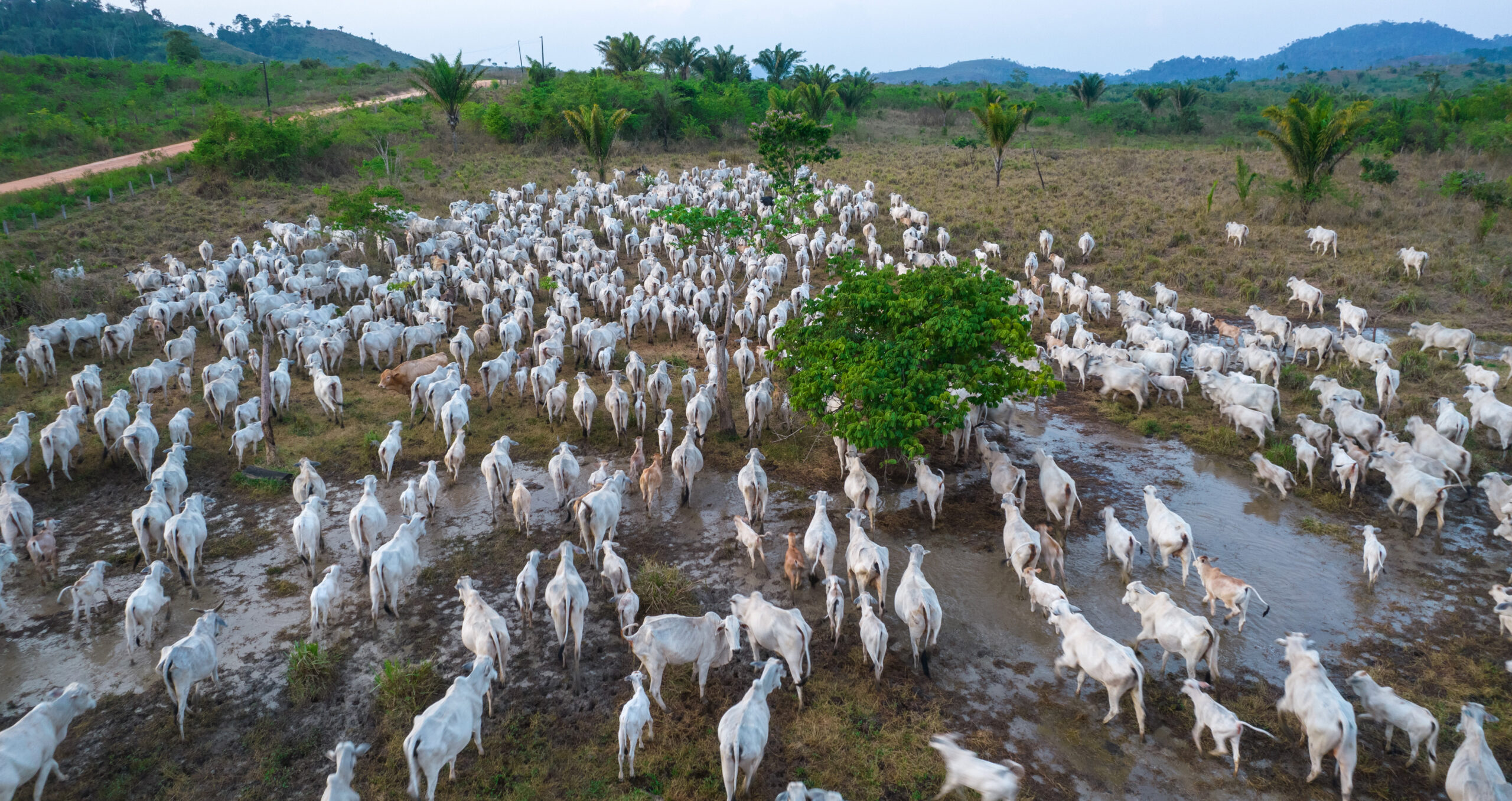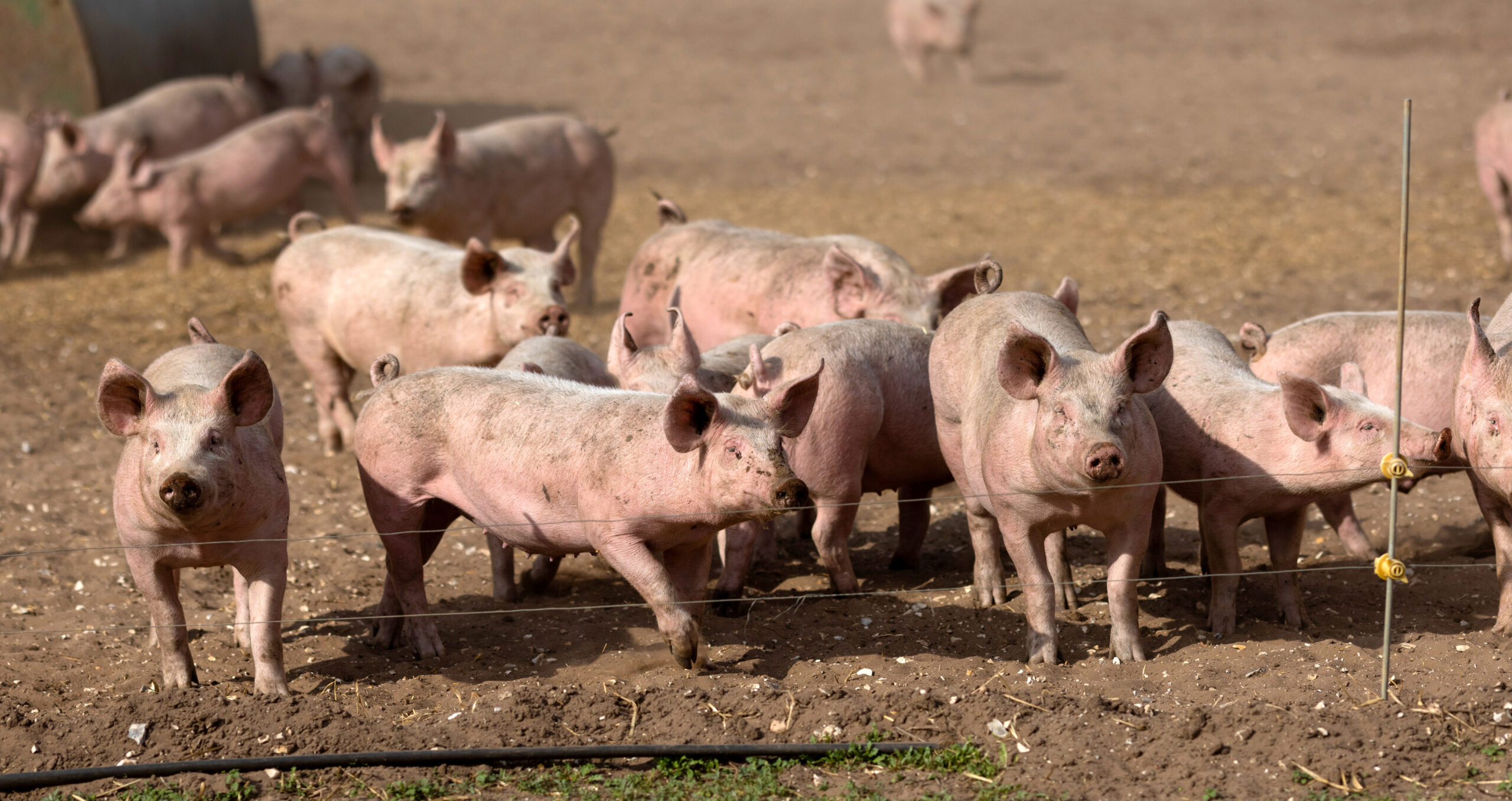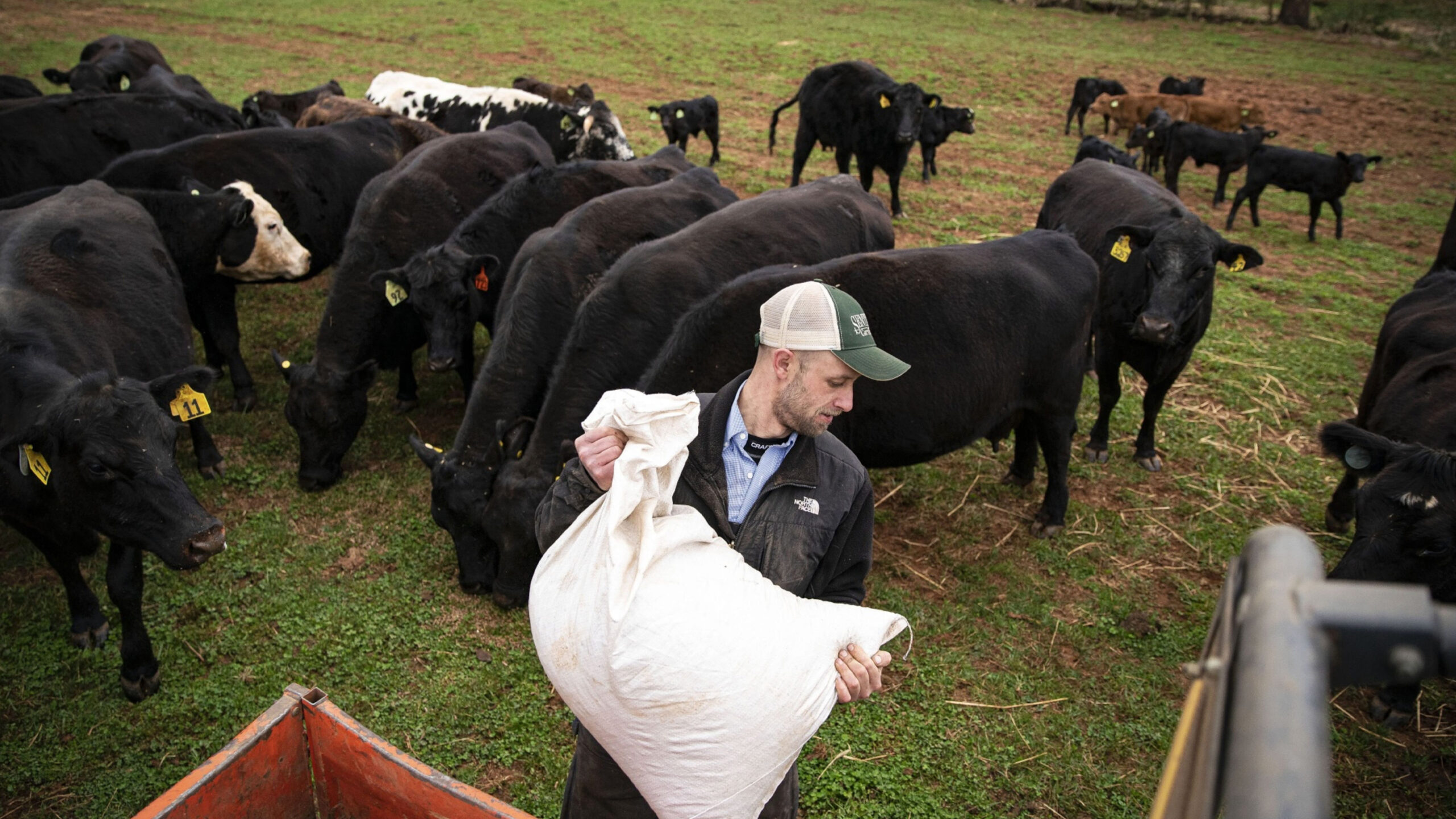
Why cash, not regulation, may hold key to halting deforestation

With some areas suffering record losses, it appears paying people not to cut down trees might be the best way to keep the world’s remaining forests safe
Globally, deforestation continues at stubbornly high levels. In Brazil and Colombia, efforts under new political leadership to curb the practice have been effective, according to data released by the World Resources Institute in April, but over the past decade, deforestation has steadily increased in other countries.
“One step forward, two steps back” is how director of the WRI’s Global Forest Watch project Mikaela Weisse described 2023’s loss of forest. Primary forest loss was down by 36 per cent in Colombia and by 49 per cent in Brazil that year, with respective presidents Gustavo Petro and Luiz Inácio Lula da Silva having set 2030 zero deforestation targets.
However, the Cerrado tropical savanna, a Brazilian biodiversity hotspot, is suffering record rates of deforestation. Tree felling, mostly for beef farming, rose by 43 per cent in 2023 compared to 2022, shows research by non-profit Global Witness, while Bolivia, Indonesia, Laos, Nicaragua and the Democratic Republic of Congo all saw an increase in primary forest loss.
Not only is deforestation devastating for nature loss and local indigenous people, it also jeopardises the world’s net zero ambitions. The Congo Basin is the last major tropical forest that is a carbon sink, according to WRI, meaning it absorbs more CO₂ than it emits.
“Deforestation accounts for 11 per cent of emissions globally and if deforestation were a country, it would be the third highest emitter in the world,” Freya Bannochie, who leads non-profit Global Canopy’s Forest IQ deforestation data collection programme, tells Sustainable Views.
Transparency and traceability
Currently, legislative and voluntary efforts largely focus on increasing the transparency and traceability of supply chains to allow deforestation-linked commodities to be identified and eliminated.
The EU Regulation on Deforestation-Free Products focuses on supply chain due diligence. Companies trading in cattle, cocoa, coffee, oil palm, rubber, soya and wood, and products derived from these commodities, must ensure that goods are not grown or reared on land that has been deforested since December 31 2020, been degraded or where local environmental and social laws have been breached.
The regulation is due to come into force in December 2024, though there are concerns its implementation could be delayed after several governments in Asia, Africa and Latin America complained the rules would be burdensome, unfair and could scare off investors.
Last year, the UK government proposed due diligence for certain forest-linked commodities under the Environment Act 2021, though the regulation is still to be finalised. While the EU regulation limits commodities grown on newly deforested land, the UK focuses on land that has been illegally deforested. Companies with a global annual turnover of £50mn or more would have to perform due diligence checks and publish annual reports on their supply chains.
Investors have also set up several voluntary schemes to limit exposure in their portfolios to companies responsible for deforestation. These include the Investor Policy Dialogue on Deforestation Initiative supported by the UN Principles for Responsible Investment and includes 81 asset owners and asset managers, who collectively manage around $10.5tn of assets. Members engage with governments in countries where deforestation is occurring to inform them about the benefits of reduction.
Nonetheless, Global Canopy’s annual assessment of the 150 financial institutions most exposed to deforestation found that 55 per cent do not have a publicly available policy on the area.
“We know that there are many things we can do to stop deforestation […but] these things are just not happening fast enough,” Hannah Audino, low carbon finance lead at the Energy Transition Commission think-tank, tells Sustainable Views. “Stopping deforestation is going to require some level of simply paying people to not deforest.”
Changing the dynamics
There are more short-term economic incentives for communities living in regions with tropical rainforests to destroy forests rather than preserve them, says Audino, who was lead author on the ETC’s 2023 report on financing the costs of deforestation. As such, paying not to deforest could be crucial to changing the dynamics.
The International Panel on Climate Change estimates that action to limit deforestation and the degradation of forests and peatlands could have a carbon mitigation potential of 6 gigatonnes of CO₂ equivalent a year, or around 10 per cent of total global emissions produced in 2022. Based on this figure, the ETC calculates that preventing 5 of the 6 GtCO₂e of emissions from forests at immediate risk of deforestation every year via compensation payments would cost more than $230bn a year.
“The scale of these payments […] would just be so large, they can’t be the sole means to end deforestation,” Audino says. “We have to see much stronger policies and corporate action. But these things take a lot of time to develop and implement, and so finance needs to play a very, very important role, especially this decade.”
Intergovernmental transfers
One form of financing is intergovernmental transfers from high-income to low-income countries. For example, Norway’s International Climate and Forest Initiative, which is government-funded, offers concessional grants to a number of partner countries, including Brazil, Colombia, Ecuador, Ethiopia, Guyana, Indonesia, Liberia and Peru.
Local development banks receive the funding on the condition that deforestation rates are reduced, with the scheme seeking to invest NKr1.835bn ($168mn) across projects in partner countries between 2021 and 2025. Brazil has so far received most of these bilateral grants to the tune of $1.2bn, a NICFI spokesperson tells Sustainable Views.
The German government has also suggested developing a “fair deal” scheme to protect forests, whereby high-income countries would co-finance efforts to preserve forests and their biodiversity in low-income countries. It says its support for the Central African Forest Initiative to protect and restore 127 million hectares by 2030 — an area three times the size of Germany — is part of this commitment.
The CAFI seeks to protect forests by scaling up investment into conservation activities. A coalition of donors, including the EU, various EU member states, Norway, South Korea, Sweden, the UK and the US, has committed $892.5mn to the scheme for 46 projects in six countries in central Africa. Initial payments are used to establish conservation projects with results-based payments granted to successful projects. The DRC has received the most CAFI funding, with $235.2mn committed across 16 projects.
While intergovernmental transfers can play a significant role in reducing deforestation, “there are questions around the size of these funding flows and whether they are enough compared to what these countries can earn from exports and production [of products grown on deforested land],” Global Canopy policy director Helen Bellfield tells Sustainable Views.
It can also be difficult ensure that funding from them “reaches the ground” and is granted to local communities, she adds, and suggests governments work with local authorities to ensure this is the case.
Private sector payments
Grants from the private sector and philanthropic initiatives are another way of paying to reduce deforestation. Swiss non-profit the Forest Conservation Fund gives indigenous and local communities in tropical regions payments that fund patrols and satellite imaging systems, so they can monitor and report encroachment by farmers to local authorities.
“Any organisation that’s benefiting from [material] extraction also has a wider responsibility […] to support local Indigenous communities and that support needs to come in the way of money,” Rachel Kent, FCF’s executive director, tells Sustainable Views. The funding is not only used for conservation but also to create local employment and support schools.
UK supermarket Waitrose, part of the John Lewis Partnership, has partnered with the FCF to develop conservation projects in Indonesia’s Mului Forest. The funding is used to protect an area of at-risk tropical forests equivalent to the area of land needed to produce the palm oil used in the company’s own-brand products, says a spokesperson, who adds the palm oil comes from growers certified by the Roundtable on Sustainable Palm Oil.
The project is part of Waitrose’s ambition to become “forest positive”, develop more resilient supply chains and contribute to emissions reduction targets, the spokesperson tells Sustainable Views.
Incorporating funding into legislation
Both the EU and UK deforestation regulations include sanctions, including financial penalties, for companies that fail to comply. “Reparation and compensation for the damage [caused by deforestation]” should also be a focus for regulators, in addition to fines, says Carole Mitchell, senior director of communications at non-profit Mighty Earth.
Global Canopy’s Bellfield also highlights the importance of ensuring reporting regulations do not disadvantage small-scale farmers. Corporates and regulatory bodies should focus on offering “technical support and financial assistance to smallholders” and ensure these farmers “don’t get cut out of the market”, she says.
Scaling up on-the-ground investment, including in working conditions and wages, is vital to reduce deforestation rates, says Mitchell. “We often say that deforestation is a symptom of farmer poverty” and increasing financing to communities impacted by deforestation will “bring social benefits and a positive impact on deforestation”, she adds.
It is also likely to reduce their opposition to laws that are designed to stop deforestation.
Similar Articles

Agri-food industry needs $500bn a year to reverse environmental impacts, says UBS

Organic and free-range meat has higher environmental impact, says WRI report


